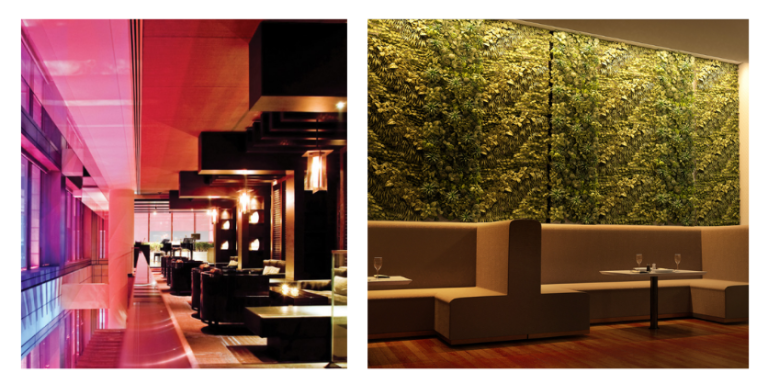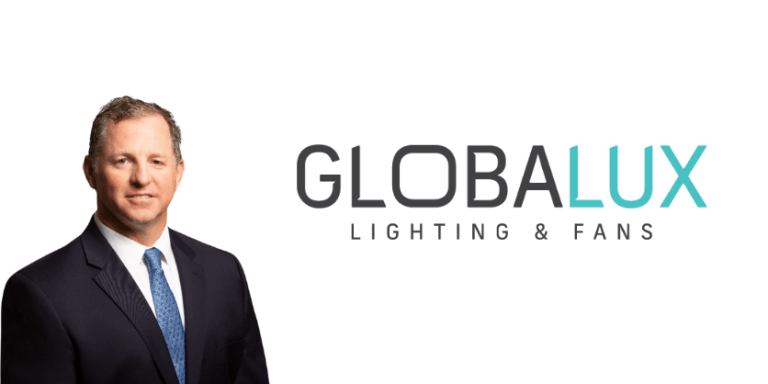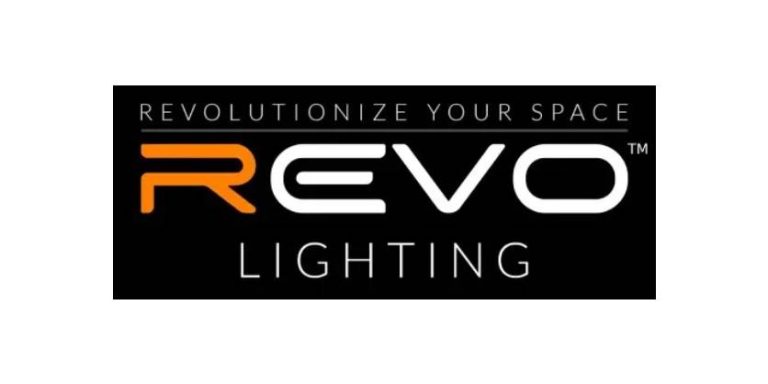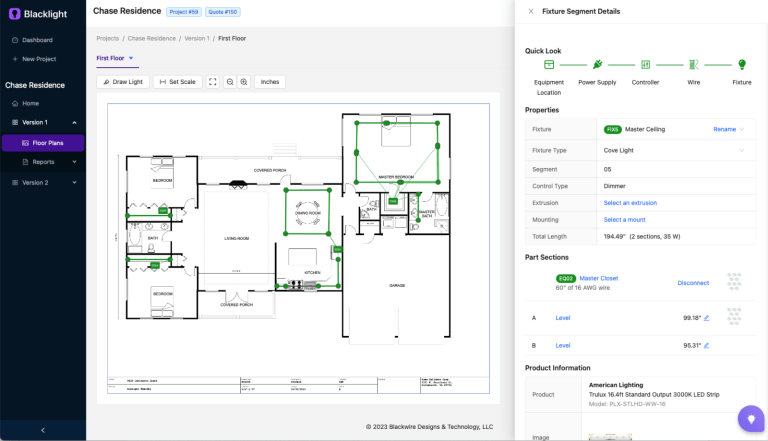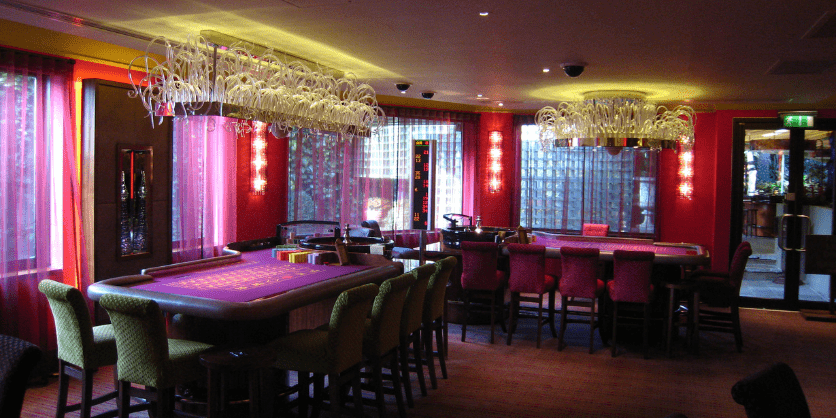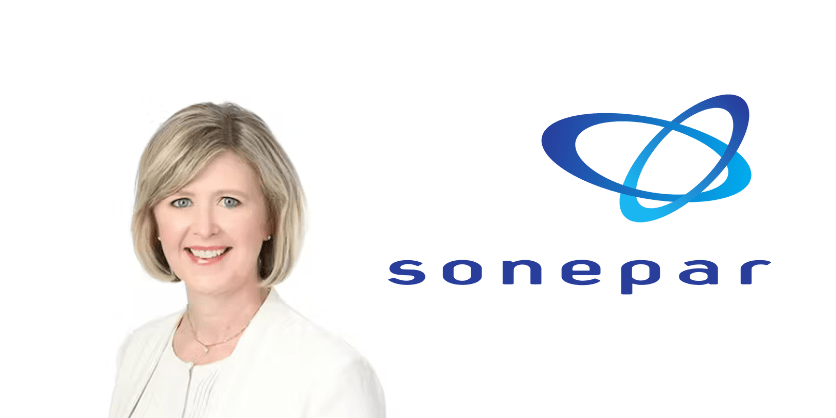USTR’s Review of Section 301 Tariffs Feared to Have Negative Impact on the Lighting Industry
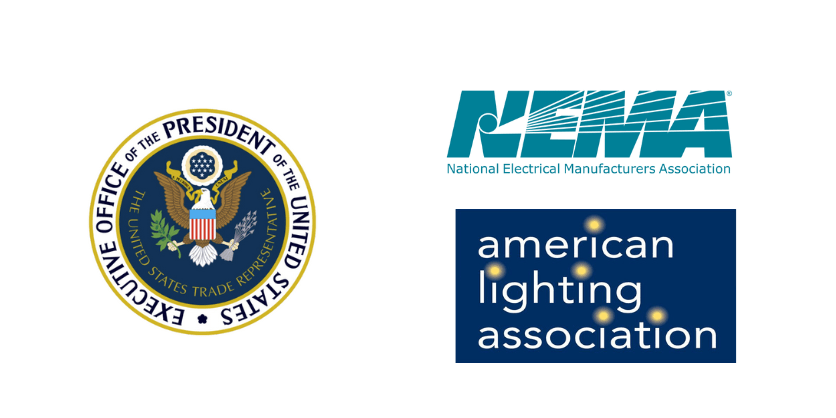
The Office of the United States Trade Representative (USTR) recently released its four-year review of the Section 301 tariffs on products coming from China — and it’s not necessarily great news for the lighting industry.
Those hoping that President Biden would reverse the tariffs that were put into place during the Trump Administration were disappointed to find out that a rollback is not going to happen. Instead, the USTR report recommends that the tariffs remain.
Noted American Lighting Association (ALA)’s Vice President of Public Policy Michael Weems, “USTR says that China’s actions have burdened commerce in the United States. To address this issue, USTR will consider adding or increasing tariffs on 14 specific product categories, some of which could impact the lighting industry.”
Weems pointed to a recently revised interpretation regarding ceiling fan downrods, which moves these products from their long affiliated HTS code of 8414.90.10 to 7306.30.50.
“This change is significant as the new tariff code falls under one of the 14 categories being proposed for modification,” he stated. “If the proposal is finalized, downrods will have an additional tariff rate of 25 percent beginning later this year. To be clear, this only impacts downrods imported separately from ceiling fans.” Weems adds that the ALA will submit comments in opposition to the increased tariff on downrods.
The National Electrical Manufacturers Association (NEMA) also reacted to USTR’s review. NEMA President & CEO Debra Phillips issued the following statement in response to the announcement:
“The Section 301 announcement by the Biden Administration to effectively increase the cost of 27 vital electrical components by $1.3 billion a year will only serve to slow down progress on our mutually shared goals of advancing electrification and the energy transition. This decision is in addition to nearly $3 billion in higher Section 301 tariff costs for batteries, semiconductors, solar cells, steel, and other key electrical goods.
“Electrical manufacturers are actively working to onshore, reshore, and friend-shore supply chains, but it cannot be done overnight. In the meantime, this Administration cannot turn a blind eye to known supply chain realities when making serious policy decisions that will punish electrical manufacturers that have invested over $12 billion over the last two years to expand domestic capacity,” she remarked.
“We look forward to sharing our detailed comments on behalf of U.S. manufacturers with the Administration and will continue to advocate for common-sense trade policies that allow domestic manufacturers to compete and further the Administration’s electrification and climate goals.”
USTR has set up a 30-day comment period for stakeholders to provide comments on the proposed modifications. The comment period will close on June 28, and there is no public hearing for stakeholders. According to Weems, USTR is proposing that increases in 2024 become effective August 1, 2024, and that increases in 2025 and 2026 become effective January 1 of the corresponding year.
Read the USTR Report
Read the Federal Register Notice and the full list of affected HTS codes
Read the White House Fact Sheet


